
It has become a familiar activity that on weekday evenings, members of the Tay Ethnic Arts Club in Tuong 1 and Tuong 3 villages (Hop Thanh commune) come together at the village cultural house to practice folk songs and dances. In the spacious and airy space of the new stilt house, each club member is excited and proud.
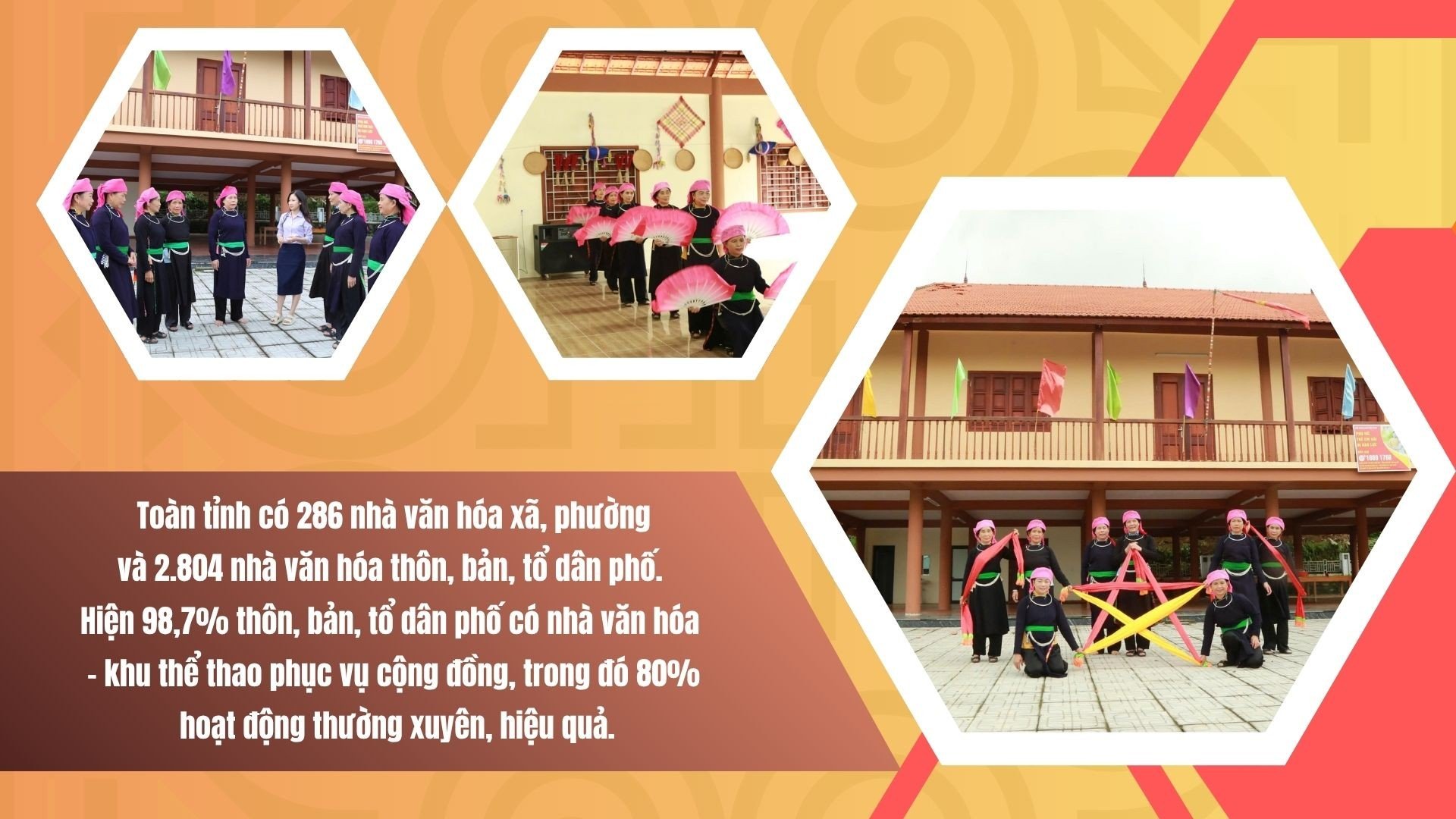
In recent times, the Tay Ethnic Arts Club of Tuong 1 and Tuong 3 villages has not only participated in performances on holidays, New Year's, village solidarity days or the Hop Thanh Com Huong Festival, but also performed at major cultural and artistic events of Lao Cai city, Lao Cai province (old) such as the Thuong Temple Festival.
Ms. Tran Thi Hung - Head of the Tay Ethnic Arts Club of Tuong 1 and Tuong 3 villages said: "In the past, it was difficult for the club to practice art performances because the village cultural house was very cramped. Since 2024, the State and Lao Cai city (old) have invested in building a new, spacious village cultural house in Tuong 1 and Tuong 3 villages, following the traditional stilt house architecture of the Tay people, so the people are very excited. In the evening, club members often come here to practice art performances, contributing to improving the spiritual and cultural life of the people."
The cultural house of Tuong 1 and Tuong 3 villages is built with 2 spacious floors, stilt house architecture, in which the 2nd floor is beautifully decorated. Recently, the villagers have collected artifacts bearing the cultural identity of the Tay ethnic group to display at the cultural house, making the space more beautiful and rich in identity, attracting tourists to visit and experience.
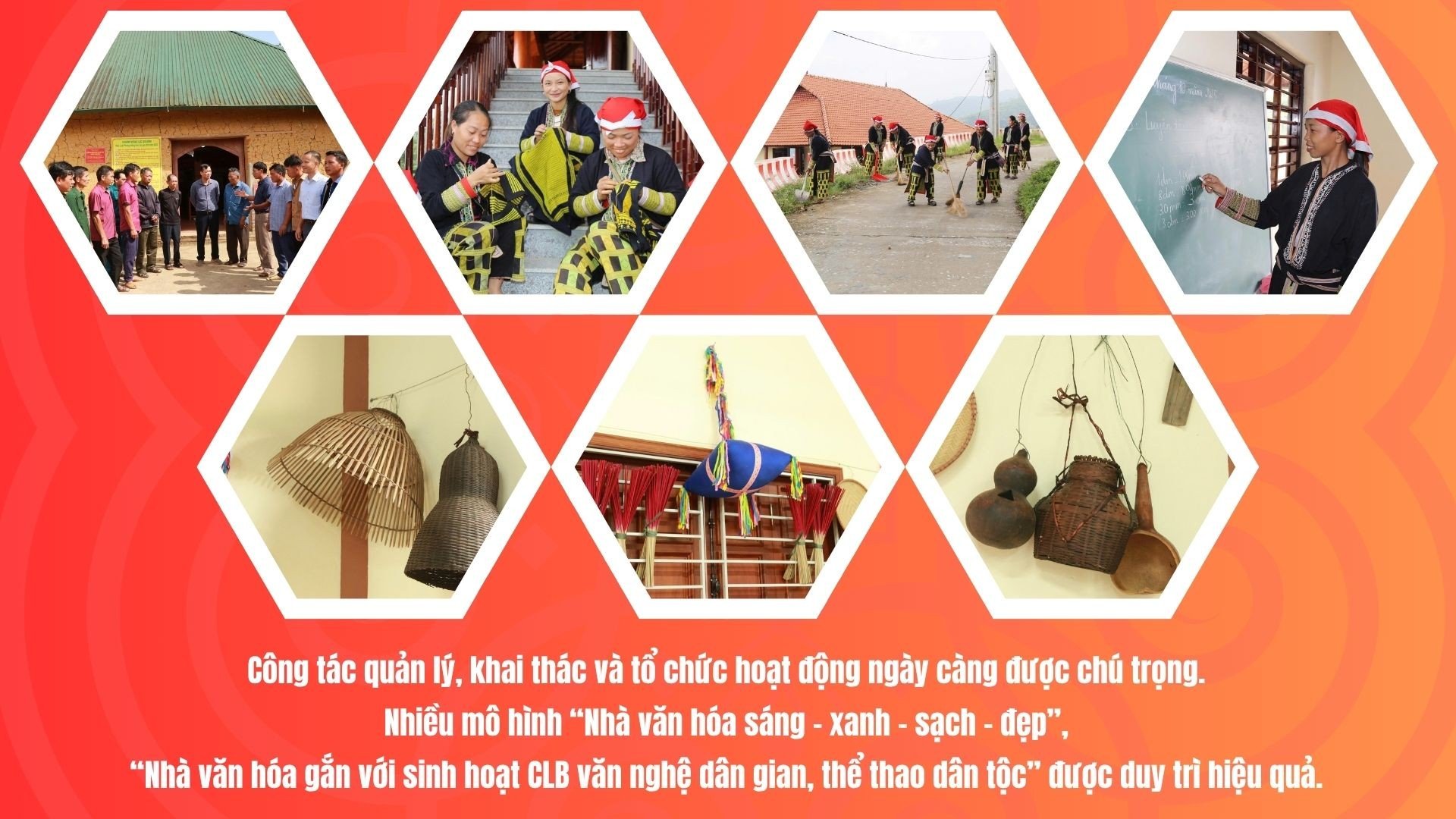
On the last day of October, in Lao Chai village, Y Ty commune - where the Ha Nhi people have lived for more than 300 years, Mr. Chu Che Xa - Secretary of Lao Chai Party Cell, along with cadres and party members in the village, was checking the village cultural house area to prepare for the National Great Unity Day.
Compared to the cultural houses of many other villages, the Lao Chai village cultural house is built according to the architecture of the Ha Nhi people with a square house, 4 roofs, and nearly 50 cm thick earthen walls. In particular, the cultural house displays dozens of paintings and photos about the cultural identity of the Ha Nhi ethnic group.
Mr. Chu Che Xa shared: "Lao Chai village currently has 138 Ha Nhi households. Along with the Lao Chai 1 village cultural house (old), the village also has 2 cultural houses of 2 old villages, all built in the traditional architecture of the Ha Nhi people. It is both a meeting place for people, welcoming tourists to visit, and a place for cultural and artistic activities of the community. Near the village cultural house is a park - where traditional festivals such as the Kho Gia Gia Festival are held. The villagers are always proud of having a beautiful and unique cultural house, together building stone embankments, keeping it clean, planting trees, flowers, and decorating the cultural house to make it more beautiful."

The story of the cultural houses of Tuong 1 and Tuong 3 villages (Hop Thanh commune) and Lao Chai village (Y Ty commune) is a testament to the importance of cultural houses for each village. They are not only meeting places but also places to preserve and maintain the cultural identities of ethnic groups.
According to information from the Department of Culture, Sports and Tourism, in the period of 2020 - 2025, the construction, management and effective promotion of the activities of village and residential group cultural houses in the province continue to receive attention from all levels, sectors and people.
The province currently has 286 commune and ward cultural houses and 2,804 village, hamlet and residential group cultural houses. Currently, 98.7% of villages, hamlets and residential groups have cultural houses - sports areas serving the community, of which 80% operate regularly and effectively.
The management, exploitation and organization of activities are increasingly focused on. Many models of "Bright - green - clean - beautiful cultural houses", "Cultural houses associated with folk art and ethnic sports clubs" are effectively maintained. Village and hamlet cultural houses have become community living spaces, where propaganda activities of the Party's guidelines and policies, the State's policies and laws take place, and at the same time are venues for organizing traditional festivals, cultural - artistic and mass sports activities, contributing to strengthening the great national unity bloc.
However, the activities of village and hamlet cultural houses still face many difficulties, in which many cultural houses have limited land funds, have been invested for a long time, are degraded, and lack equipment; the source of regular operating funds is limited, leading to an uneven frequency of activities. The team of cadres in charge of cultural houses (village chiefs, cultural collaborators) still lacks skills in organizing activities, the content of community cultural activities is still monotonous and unattractive. Some places have not closely linked the activities of cultural houses with the preservation and promotion of traditional cultural values.
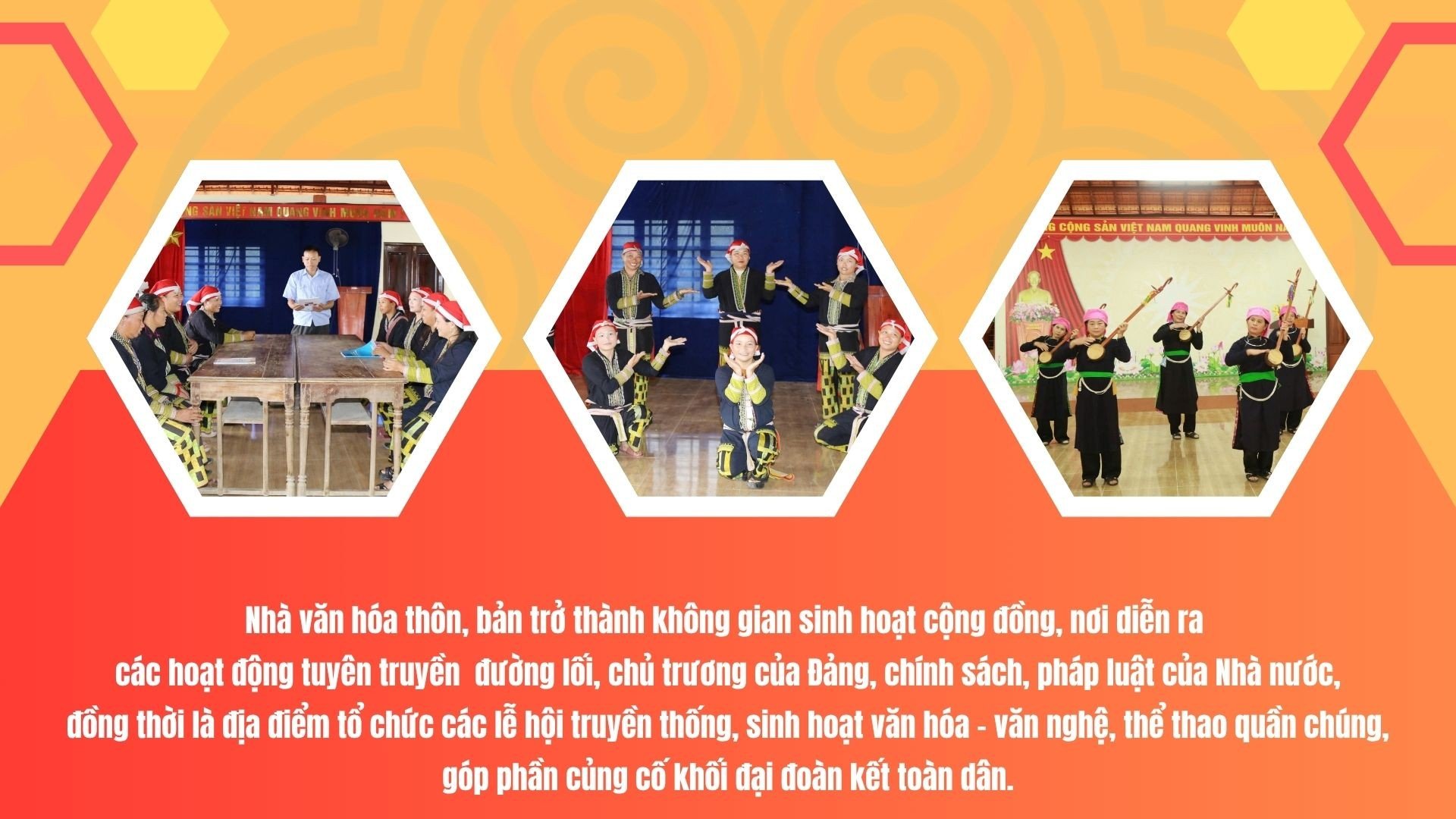
Comrade Lai Vu Hiep - Deputy Director of the Department of Culture, Sports and Tourism said: "To improve the efficiency of operations and promote the role of the system of village and hamlet cultural houses associated with preserving national cultural identity, in the coming time, the Department of Culture, Sports and Tourism will continue to advise the Provincial People's Committee to combine capital sources to invest, repair, upgrade, and invest in equipment of cultural houses to ensure synchronization with village and hamlet sports areas; innovate the content and methods of operation associated with the cultural life of the people; encourage villages and hamlets to build a regular cultural activity schedule, organize exchange activities, art and sports club activities, teach and perform folk culture, display artifacts and images of national cultural identity at cultural houses".
Along with that, communes and wards need to improve the capacity of officials in charge of communal culture, village chiefs, and cultural collaborators; train skills in organizing cultural and sports activities for village officials and village and hamlet cultural house management boards, including promoting the application of information technology and communication in grassroots cultural activities.
Source: https://baolaocai.vn/nha-van-hoa-noi-bao-ton-ban-sac-dan-toc-post885793.html




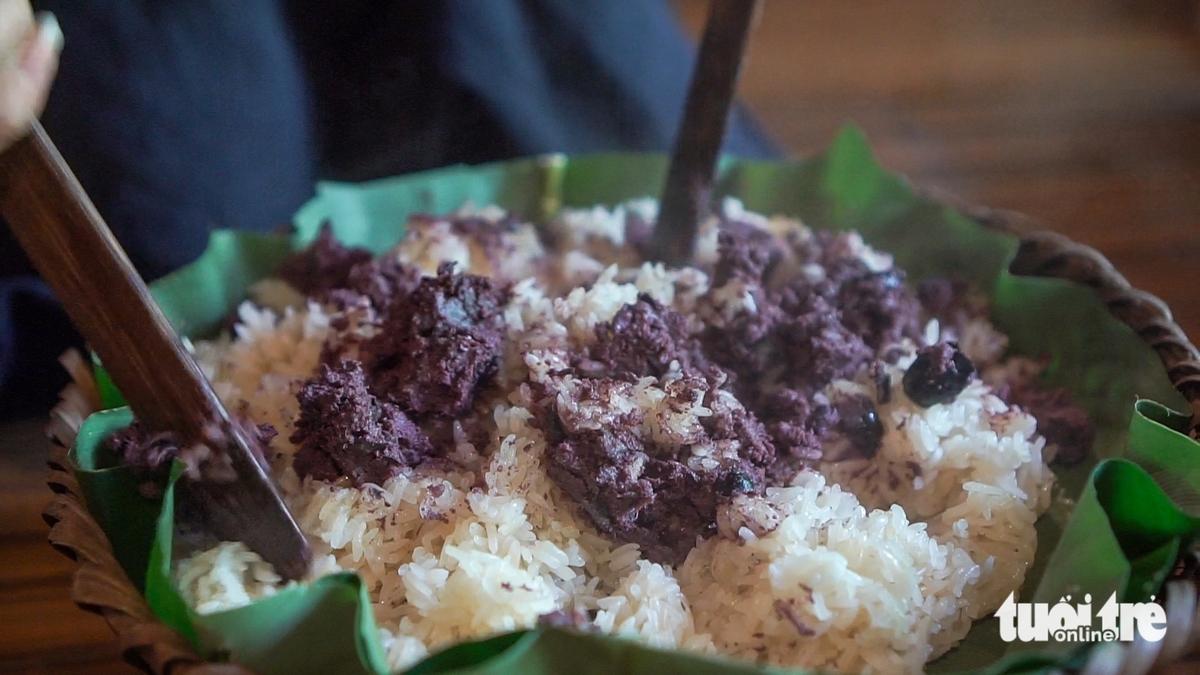


![[Photo] Government holds a special meeting on 8 decrees related to the International Financial Center in Vietnam](https://vphoto.vietnam.vn/thumb/1200x675/vietnam/resource/IMAGE/2025/11/04/1762229370189_dsc-9764-jpg.webp)


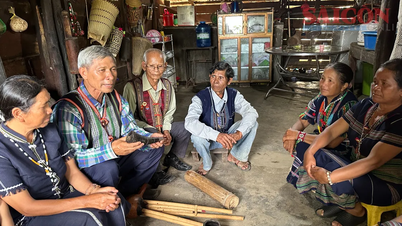




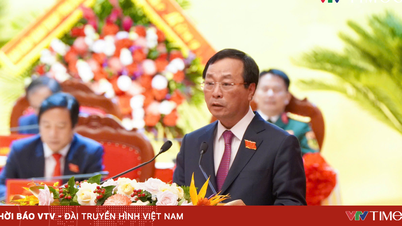

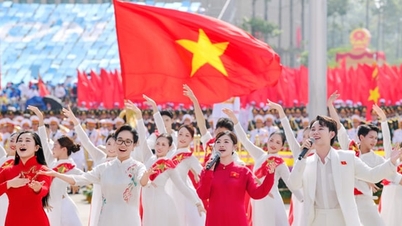















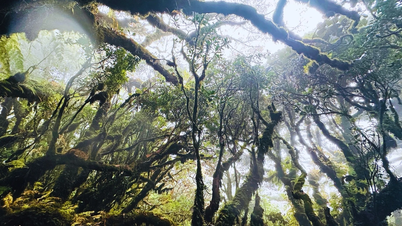
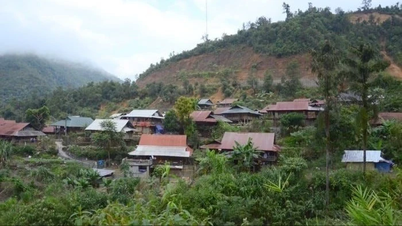

























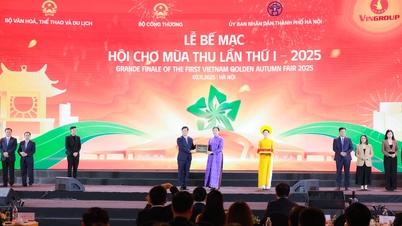













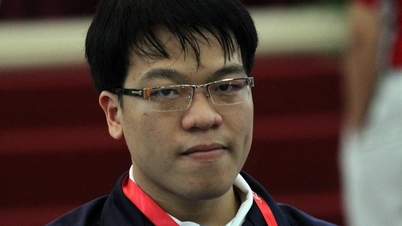













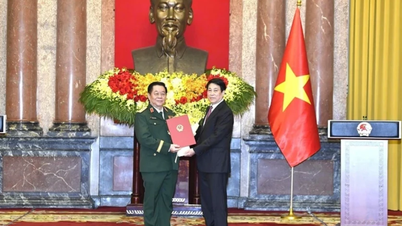



















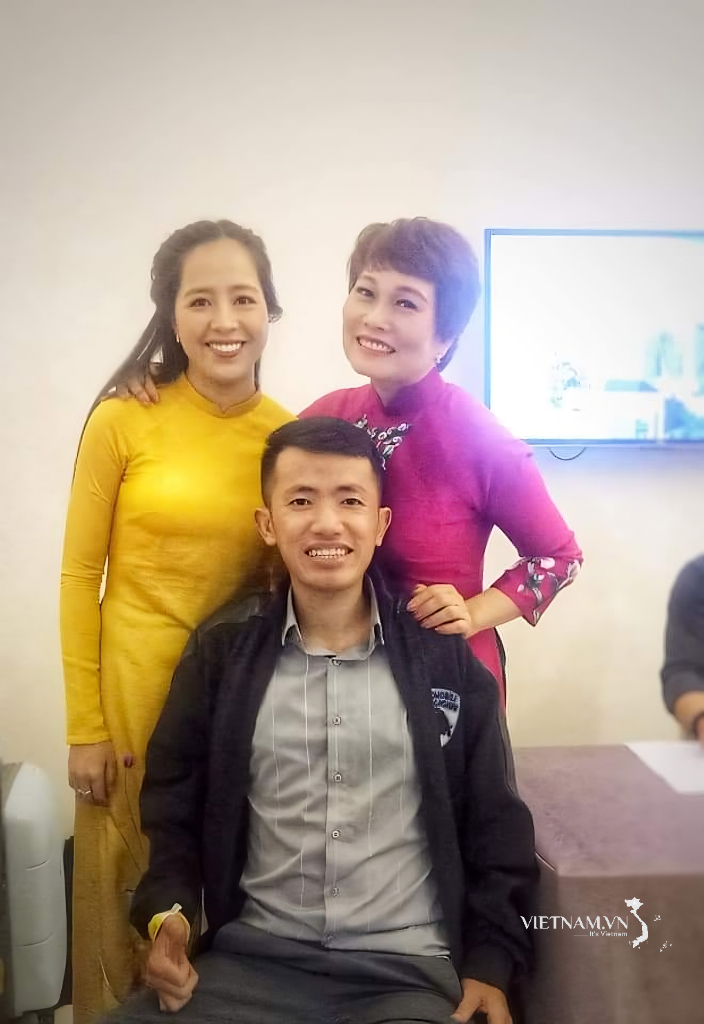

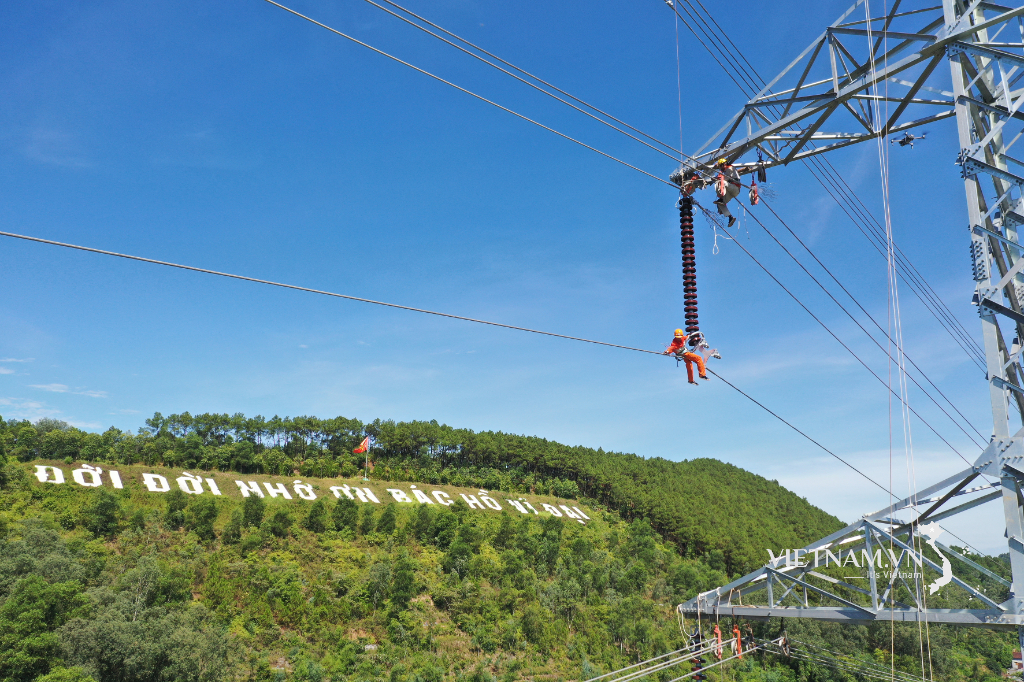
Comment (0)